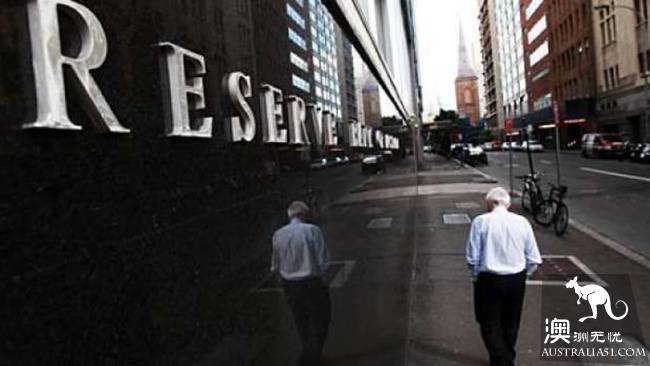According to a document presented to members of the (RBA) Committee of the Australian Depositary Bank this month, although the life expectancy of older Australians has increased, it has benefited from skilled immigrants, compared with most advanced economies. Older people will have more young taxpayers to fund their housing and welfare.
In the face of rising anti-immigration sentiment, policy commissioners have discussed the fact that population growth is "largely" driven by young expatriates.

This has not only boosted demand for housing prices, but also fuelled demand for infrastructure investment, while also ensuring that the economy remains dynamic, meaning Australia will have young labour resources to shoulder the burden of retirement.
"while life expectancy is relatively long, Australia's middle-aged and old-age dependency ratio is expected to increase less than in other developed countries," the bank said in its June minutes.
"this will give Australia the youngest of these countries."

Meanwhile, the bank appears to be moderating its optimism about the economy.
At its 20th consecutive meeting in June, the bank kept the official cash rate unchanged at 1.5%. The minutes did not make it clear that "the next change in cash rates is more likely to be higher than lower."
Changes in the wording of the minutes pushed the Australian dollar down from 74.23 cents to 73.71 cents on Tuesday morning.
Despite the market's response, the adjustment should not be seen as a sign that the bank has changed its tightening tendencies.
Last week (Philip Lowe), the bank's president, said the next move was most likely to be a rate hike, not a cut.
Financial market bets show that the bank is not expected to join the rest of the world until the second half of 2019 and is on track to normalize monetary policy.
The latest forecasts from Australian bank (ANZ) and Macquarie Securities show that Sydney house prices are expected to fall 10 percent this year and next from last year's peak, putting pressure on the outlook.
According to another data released Tuesday by the Australian Bureau of Statistics, annual house price growth across Australia has fallen from 5 percent in the fourth quarter of last year to 2 percent in the first quarter of this year.
Policymakers continued to ignore the fall, noting that prices in Sydney and Melbourne were still about 40 percent higher than at the beginning of 2014, while Perth prices fell about 10 percent over the same period.
Bank officials are not worried because previous housing recessions have not led to a collapse in the economy and housing demand has persisted.
Given the dramatic demographic changes in Australia, housing demand will persist. Policy makers also discussed the issue in detail at this month's meeting.
"members have noted that Australia's population growth and changes in its demographic characteristics have led to significant changes in labour supply and housing demand," the bank said in a note.